
Two posters presented at The Liver Meeting identified the primary care coordinators for patients with nonalcoholic steatohepatitis (NASH) and areas of unmet need among specialists to provide optimal management.

Two posters presented at The Liver Meeting identified the primary care coordinators for patients with nonalcoholic steatohepatitis (NASH) and areas of unmet need among specialists to provide optimal management.

Posters review how a patient’s neighborhood impacts access to the liver transplant waitlist and how Medicaid expansion improved waitlist mortality.

Guidelines recommend patients with nonalcoholic fatty liver disease (NAFLD) who are obese achieve 5% to 10% weight loss to prevent NAFLD progression.
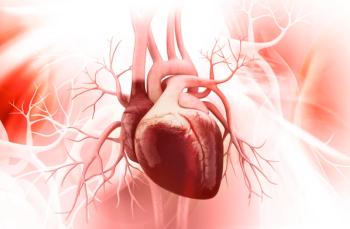
Specifically, patients with nonalcoholic fatty liver disease (NAFLD) have a higher risk of developing heart failure (HF) with preserved ejection fraction, according to new research.

Authors of a review published in Hormones outlined the benefits of healthy eating and physical activity to prevent and improve non-alcoholic fatty liver disease.

Better risk stratification can help prioritize patients with hepatocellular carcinoma on the transplant waitlist who have higher risk disease.
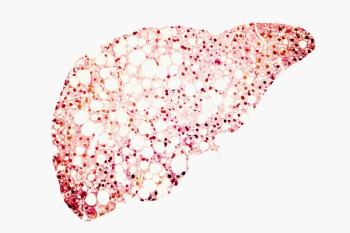
A recent study aims to improve evaluation of fatty liver in ultrasound scans to increase hepatology referrals and predict significant liver fibrosis.

Findings from a cross-sectional study revealed a potential link between liver health and inflammatory diet properties.

Patients with nonalcoholic steatohepatitis (NASH) and obesity had a reduced risk of major adverse liver outcomes and major adverse cardiovascular (CV) events after they underwent bariatric surgery compared with patients who did not have surgery.
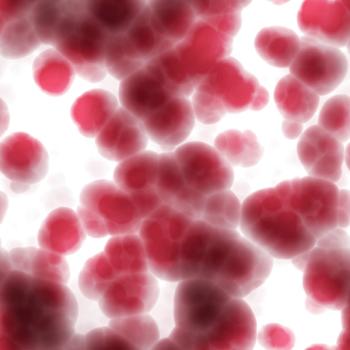
Researchers conducted the study because although prior research has illustrated that elevated levels of iron in the blood from hereditary hemochromatosis can raise the risk of liver cancer, little is known about the effect of this condition in nonalcoholic fatty liver disease (NAFLD).

An evaluation of data from the Global Burden of Disease found that nonalcoholic fatty liver disease (NAFLD) is a main driver of chronic liver disease and has increased among adolescents and young adults.

The higher waitlist mortality for liver transplant among children with hepatocellular carcinoma (HCC) compared with hepatoblastoma (HBL) indicates a need to improve prioritization for children with HCC.
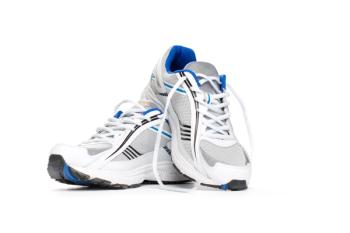

The incidence of chronic liver disease is expected to sharply rise by 2030, making it important to understand the factors that influence patient outcomes.
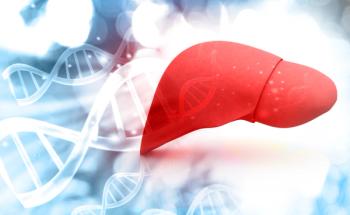
Mortality and liver-related complications increased with fibrosis stage in patients with nonalcoholic fatty liver disease (NAFLD).
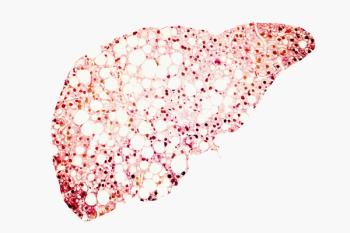
There was statistically significant and clinically meaningful overall survival benefit vs sorafenib as a first-line treatment for patients with unresectable hepatocellular carcinoma (HCC) in top-line results from a phase 3 trial.

Individuals who drink more than 3 cups of coffee a day had decreased liver stiffness.

The pathway outlines a 4-step screening process for nonalcoholic fatty liver disease (NAFLD) and nonalcoholic steatohepatitis (NASH).

Comparing liver cancer survival across high-income countries has been difficult due to different standard and coding practices
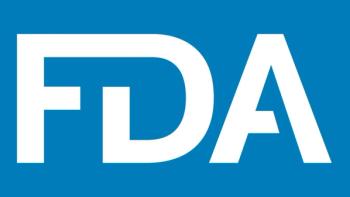
Maralixibat is the first treatment approved for cholestatic pruritus in patients with Alagille syndrome who are 1 year or older.

Findings from this new study are the result of an investigation into over 360 children, many with active hepatitis, elevated alanine aminotransferase levels, and an immune active phenotype.

Researchers argue that Onodera’s prognostic nutritional index, calculated by lymphocytes and serum albumin to determine nutritional and immune status, is a straightforward method for use among patients undergoing liver surgery.
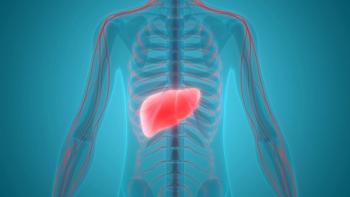
Patients who are treated with direct-acting antivirals to treat hepatitis C virus (HCV) are still at risk of developing hepatocellular carcinoma (HCC).
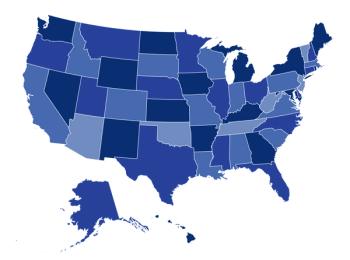
Although some cancers are falling for rural US residents, liver cancer is on the rise, a new study has found.

Patients with chronic liver diseases have been at a high risk of more severe COVID-19 outcomes, but the pandemic has meant the management of these diseases has received less attention.

259 Prospect Plains Rd, Bldg H
Cranbury, NJ 08512
© 2025 MJH Life Sciences®
All rights reserved.
